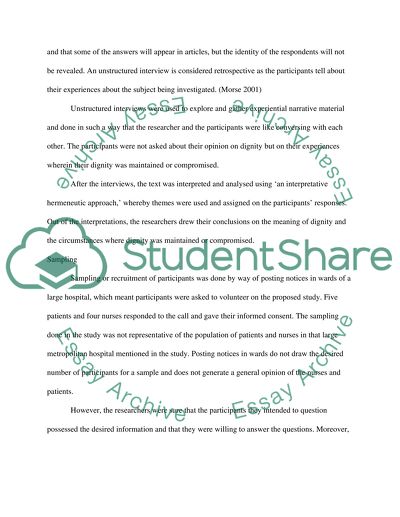Cite this document
(“Nurses' and patients' perception of digniy Essay”, n.d.)
Retrieved from https://studentshare.org/nursing/1479937-nurses-and-patients-perception-of-digniy
Retrieved from https://studentshare.org/nursing/1479937-nurses-and-patients-perception-of-digniy
(Nurses' and patients' Perception of Digniy Essay)
https://studentshare.org/nursing/1479937-nurses-and-patients-perception-of-digniy.
https://studentshare.org/nursing/1479937-nurses-and-patients-perception-of-digniy.
“Nurses' and patients' Perception of Digniy Essay”, n.d. https://studentshare.org/nursing/1479937-nurses-and-patients-perception-of-digniy.


